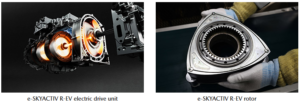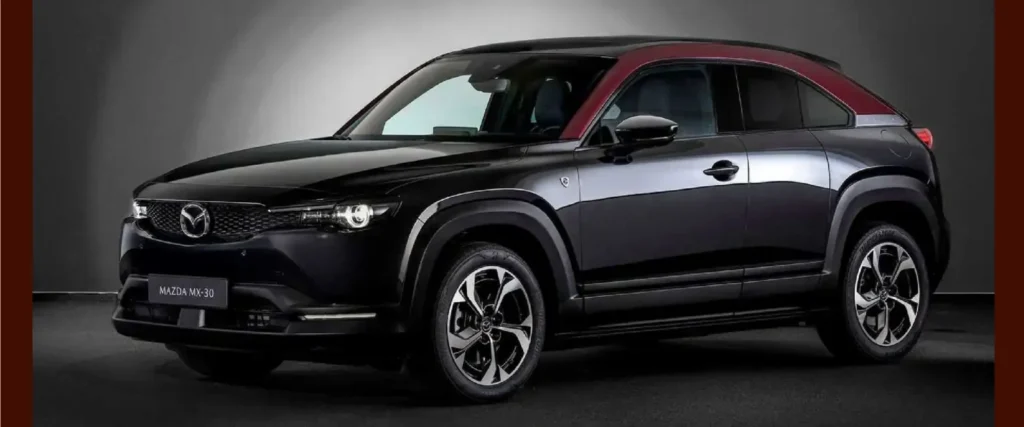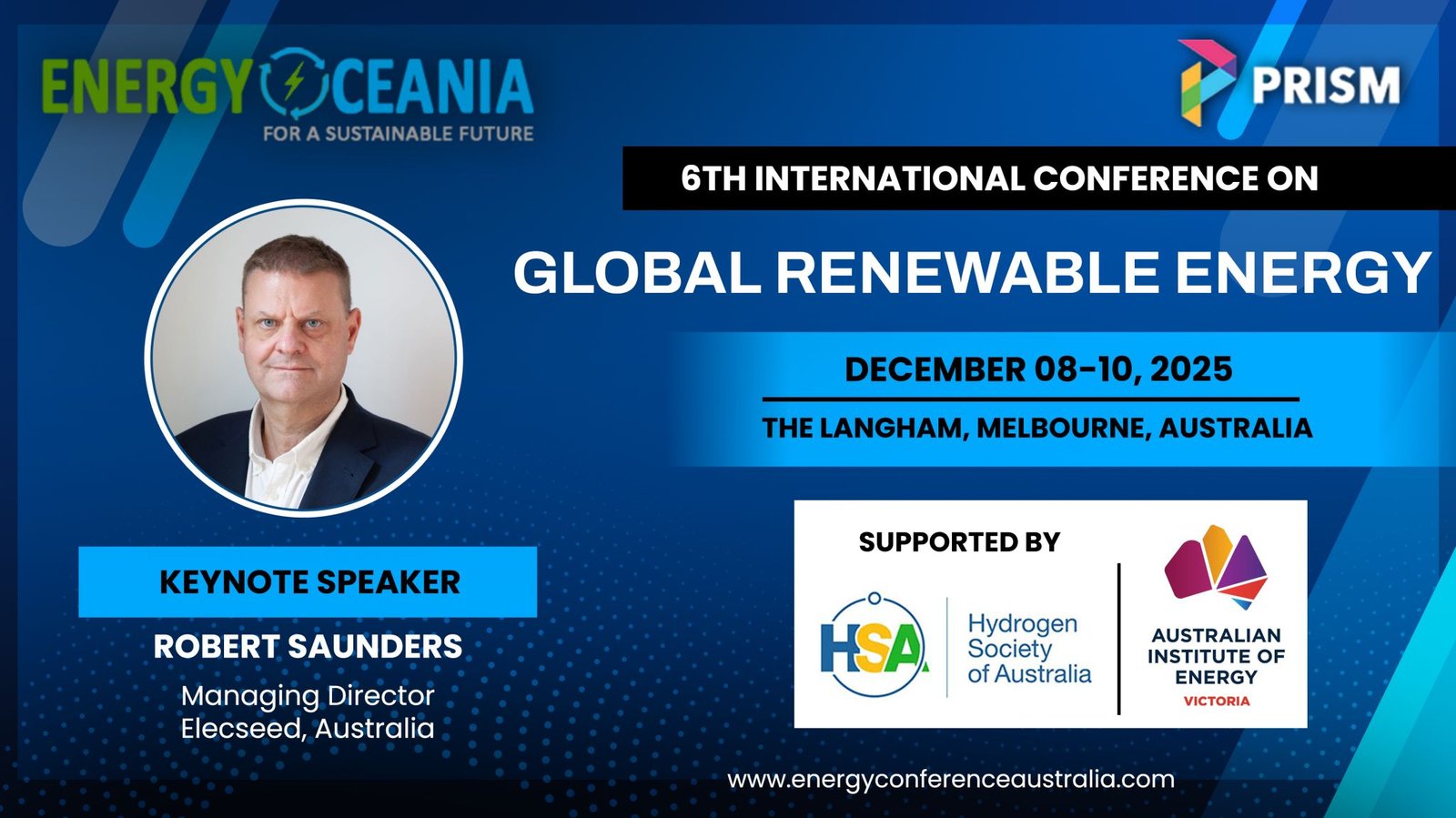Potentially, the no-fuel engine could replace both traditional fuels and other renewable fuels such as hydrogen and EVS. But not just yet.
Mazda has introduced an innovative rotary engine that operates without traditional fuel. This engine, known as the Skyactiv-R, is designed to function as a range extender for electric vehicles (EVs), generating electricity to charge the batteries rather than directly powering the wheels.
The MX-30 e-SKYACTIVE R-EV is a unique plug-in hybrid model. It has an 85 km battery electric driving range*1 sufficient for a wide range of everyday driving needs with the rotary engine generating additional power to extend the driving distance. On top of this, the entire driving range is motor-powered.
Mazda showed that the rotary engine could operate emission-free using a battery electric drive or hydrogen as early as 1991.
While this technology is promising, it’s not necessarily a direct threat to hydrogen and electric cars. Instead, it represents a complementary approach within the broader shift towards sustainable mobility. The rotary engine’s ability to run on carbon-neutral fuels and its potential to reduce emissions by up to 90% make it an interesting option, but it will likely coexist with other renewable technologies rather than replace them entirely
Mazda’s innovative rotary engine and its potential impact on the automotive industry.
Mazda’s Skyactiv-R Rotary Engine
Mazda has introduced the Skyactiv-R, a rotary engine designed primarily as a range extender for electric vehicles (EVs). Unlike traditional internal combustion engines, this rotary engine generates electricity to charge the vehicle’s batteries, enhancing the driving range of EVs without relying directly on traditional fuels.

Key Features and Benefits
- Compact and Lightweight: Rotary engines are known for their compact size and lightweight design, making them ideal for use in range-extender applications. This compactness allows for more flexible vehicle design and improved weight distribution.
- Fuel Versatility: The Skyactiv-R can run on various carbon-neutral fuels, such as synthetic fuels or biofuels. This versatility helps reduce the overall carbon footprint and aligns with global efforts to decrease greenhouse gas emissions.
- Efficiency: Rotary engines typically have fewer moving parts compared to piston engines, which can lead to higher efficiency and lower maintenance costs. The Skyactiv-R aims to capitalize on these advantages, offering a reliable and efficient solution for extending EV range.
- Reduced Emissions: By using carbon-neutral fuels and improving engine efficiency, the Skyactiv-R can significantly reduce emissions. Mazda claims that this rotary engine can cut emissions by up to 90%, making it a more environmentally friendly option.
Potential Impact on the Automotive Industry
While the Skyactiv-R rotary engine is a notable innovation, it is unlikely to replace hydrogen and electric vehicles entirely. Instead, it offers an additional solution within the broader spectrum of sustainable mobility technologies. Here are a few ways it could impact the industry:
- Complementary Technology: The Skyactiv-R can complement existing EV technologies by providing a reliable range-extending option. This could alleviate range anxiety and encourage more consumers to adopt electric vehicles.
- Market Diversification: With the introduction of the Skyactiv-R, Mazda can diversify its product lineup and appeal to a broader range of consumers seeking eco-friendly vehicles with extended range capabilities.
- Encouragement for Carbon-Neutral Fuels: The success of the Skyactiv-R could promote the development and adoption of carbon-neutral fuels, contributing to a more sustainable automotive industry.
Challenges and Considerations
- Energy Consumption: While the rotary engine itself may be efficient, the overall energy consumption of the vehicle depends on the source of electricity used to charge the batteries. Ensuring that the electricity comes from renewable sources is crucial for maximizing environmental benefits.
- Infrastructure: The widespread adoption of the Skyactiv-R and similar technologies will require the development of appropriate infrastructure for carbon-neutral fuels and EV charging.
- Market Acceptance: Consumers’ acceptance of this new technology will depend on its performance, reliability, and cost-effectiveness compared to existing EVs and hydrogen-powered vehicles.
Mazda’s Skyactiv-R rotary engine represents a significant advancement in automotive technology, offering a promising solution for extending the range of electric vehicles while reducing emissions. However, it is likely to coexist with other renewable technologies, such as hydrogen and fully electric vehicles, rather than replacing them entirely. The success of this innovation will depend on addressing challenges related to energy consumption, infrastructure, and market acceptance.















